- Learning time
- 5 minutes
- First play time
- 30 minutes
SHŌBU
Designed by: Jamie Sajdak,Manolis Vranas
SHŌBU is an abstract game of control and aggression: players’ stones (black/white) face off over four boards, manouvering for position with the intent of shoving your opponent’s stones off the edge of the board. If you manage to remove all of your opponent’s stones this way from any of the boards, you instantly win.
There’s sixteen stones of each colour, and four of your colour are set up in a row at the end closest you on each board. Note that the boards are distinct colours too. The two boards closest you (one dark, one light) are your ‘home boards’. This is an important distinction, because on your turn you move your own pieces twice:
The first move is passive: it must be on either of your home boards, and you can move any of your own stones up to two spaces in any direction, as long as it doesn’t push another stone.
The second move is aggressive: it must be on either board of the opposite colour – so, if your passive move was on your light home board, for instance, your aggressive move must be on either dark board. You must copy the direction and distance of your passive stone, replicating the same move (- although it doesn’t have to be in exactly the same space). But with your aggressive move you can push another stone – hopefully your opponents’; and hopefully off the board, or at least to a position of weakness. You can’t push stones at once, only one.
This back and forth continues until somebody wins, but if it sounds all-too-simple, be assured that it’s not. Anything aggressive you want to do must be legally performed as a passive move first, and it’s very possible to end up with the stones on your home boards in ineffective positions, unable to make the killer move you want without shuffling them into a better position first – which gives your opponent time to wriggle out of trouble – or counter-attack.
The guru's verdict
-
Take That!
Take That!
The whole thing is a battle.
-
Fidget Factor!
Fidget Factor!
Depends to a large degree on who's playing, but it's not a breezy dice-chucker. More a thoughtful undertaking - possibly as a serene as a battle gets.
-
Brain Burn!
Brain Burn!
The rules are simple, but utilising them the best way is the trick. And the constant state of flux on the board means SHŌBU manages to sidestep the feeling of a attrition - at least until someone senses blood in the endgame.
-
Again Again!
Again Again!
As a tactical abstract, there's no variety here outside of the nuances of battle. Set-up is always the same, as are the rules. But SHŌBU wears its colours well: accessible and replayable, the whole thing can be over in ten minutes.

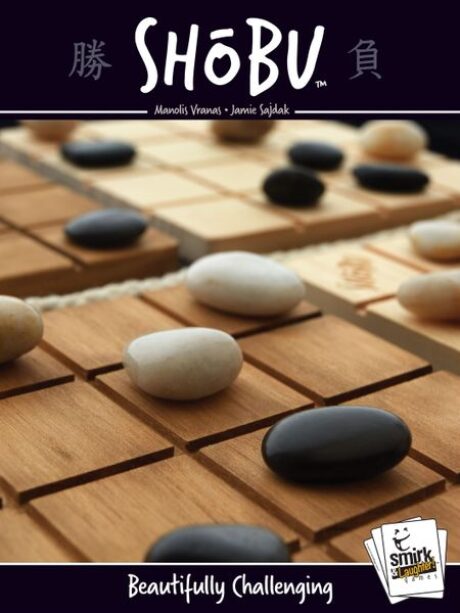
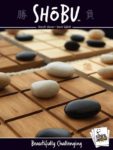
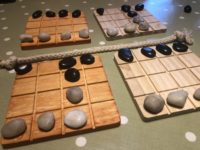
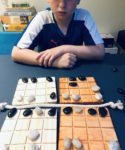
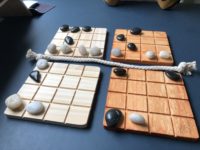


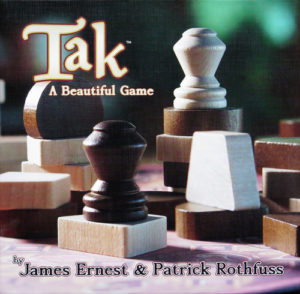

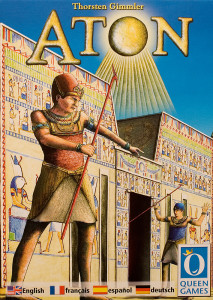

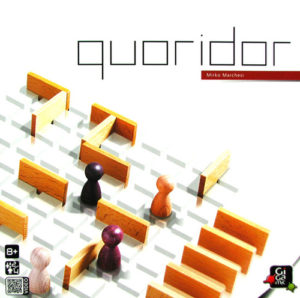
Sam says
SHŌBU is modern, yet feels traditional. It has the simplicity of draughts/checkers, yet far more depth in its tactical possibilities. To really enjoy it you probably need two players of equal strength - unlike Chess, one mistake may be recoverable, but there's more going on than first meets the eye. You really want to attack your opponent on their home boards, because doing so reduces their effectiveness - with less passive moves available, there are inevitably less aggressive moves available also. On the other hand, reducing presence on your home boards makes it harder for them to play offensively, and you can spring surprises this way. A neat balancing act of both figurative and literal push and pull.